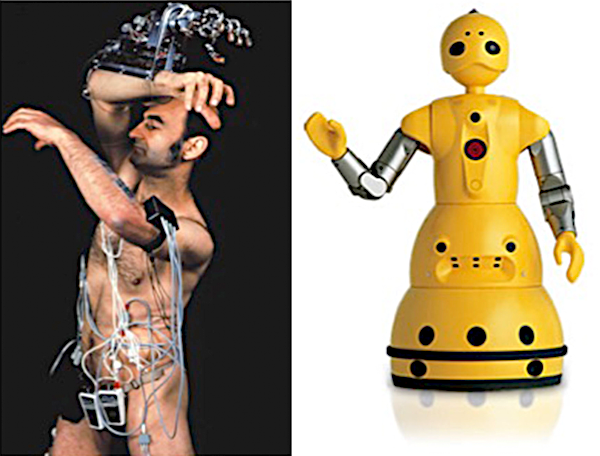Undergraduate Seminar: Art, Science, Technology: The Human Body as Spectacle

The human body has been conceptualized and used as both a laboratory and a studio where scientists and artists from many cultures at different historical moments have conducted spectacular experiments. What do Ibn al-Nafis (Damascus, 13th century) Leonardo Da Vinci (Florence, 15th century), Kagawa Genteki (Kyoto, 18th century), and Gunther Von Hagens (central Poland, 20th-21st centuries) have in common? They all dissected human bodies for science and as works of art. We will explore the technologies available to them as well as the different religious, ethical and aesthetic traditions both constraining and enabling their work. Today, scientists and artists are using biological material, from cells to body parts, to demonstrate the "plasticity" of the human body. Cloning, transgenics, xenotransplantation, cyborgs, and bio-robots are no longer limited to science fiction novels and movies. The laboratory arts of the fictional Dr. Frankenstein (Mary Shelley) and Dr. Moreau (H.G. Wells) are matched today by the controversial bio-art creations of Eduardo Kac (GFP Bunny), Stelarc's "third ear on arm" project, and ORLAN's numerous plastic surgery performances. How are their artful experiments related to body-modification practices (piercing, tattooing) popular today among a broad range of people around the world?
We will consider a wide range of media (novels, articles, works of art) in our exploration of the spectacular dimensions of the human body in art and science, and the aesthetic and ethical questions provoked.
Activities: discussion questions for each class meeting, in-class projects, several quizzes, a research paper, a short presentation on the research paper.
HISTART Categories for concentration distributions: D. Europe and the US, 4. Modern and Contemporary